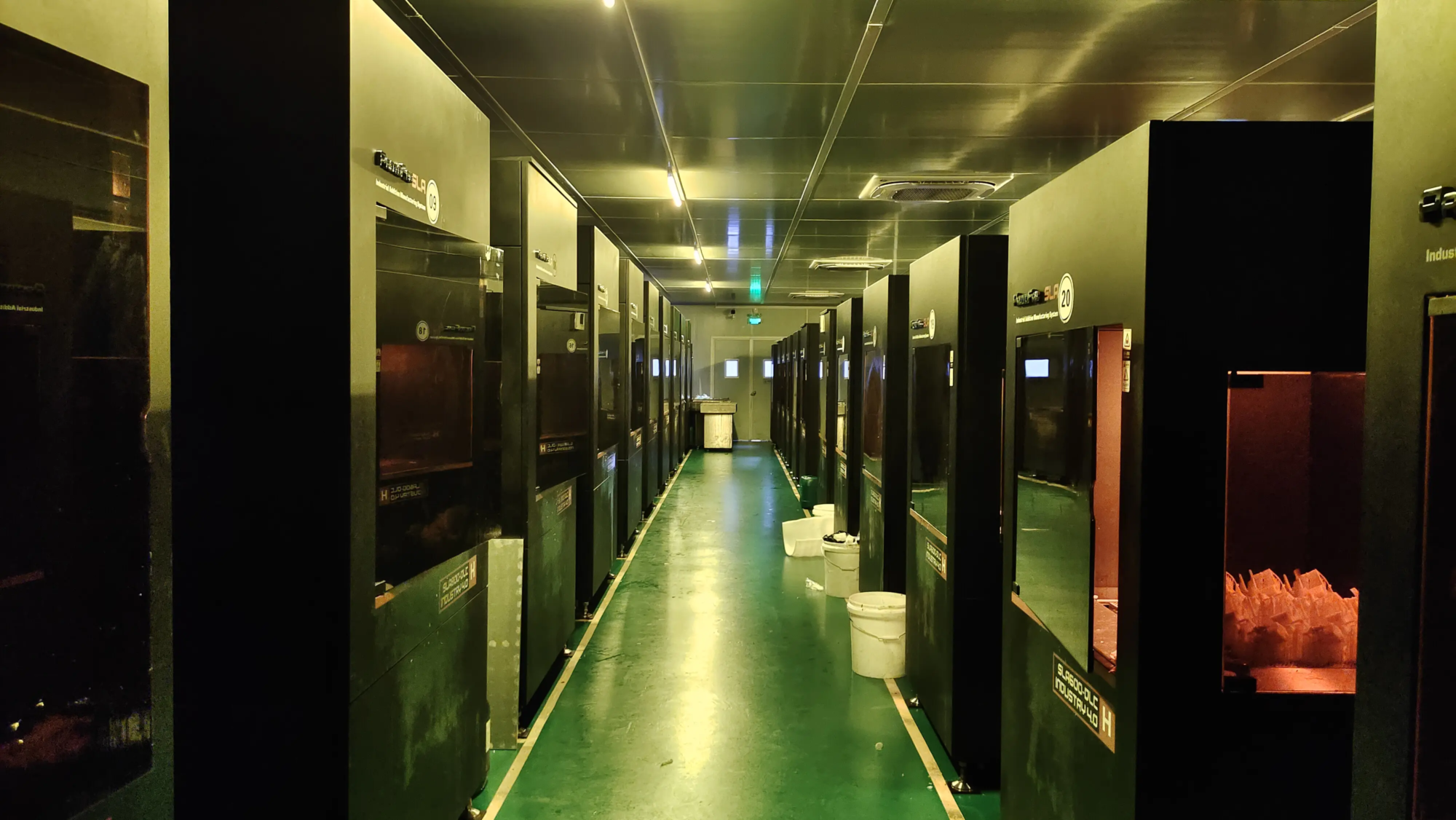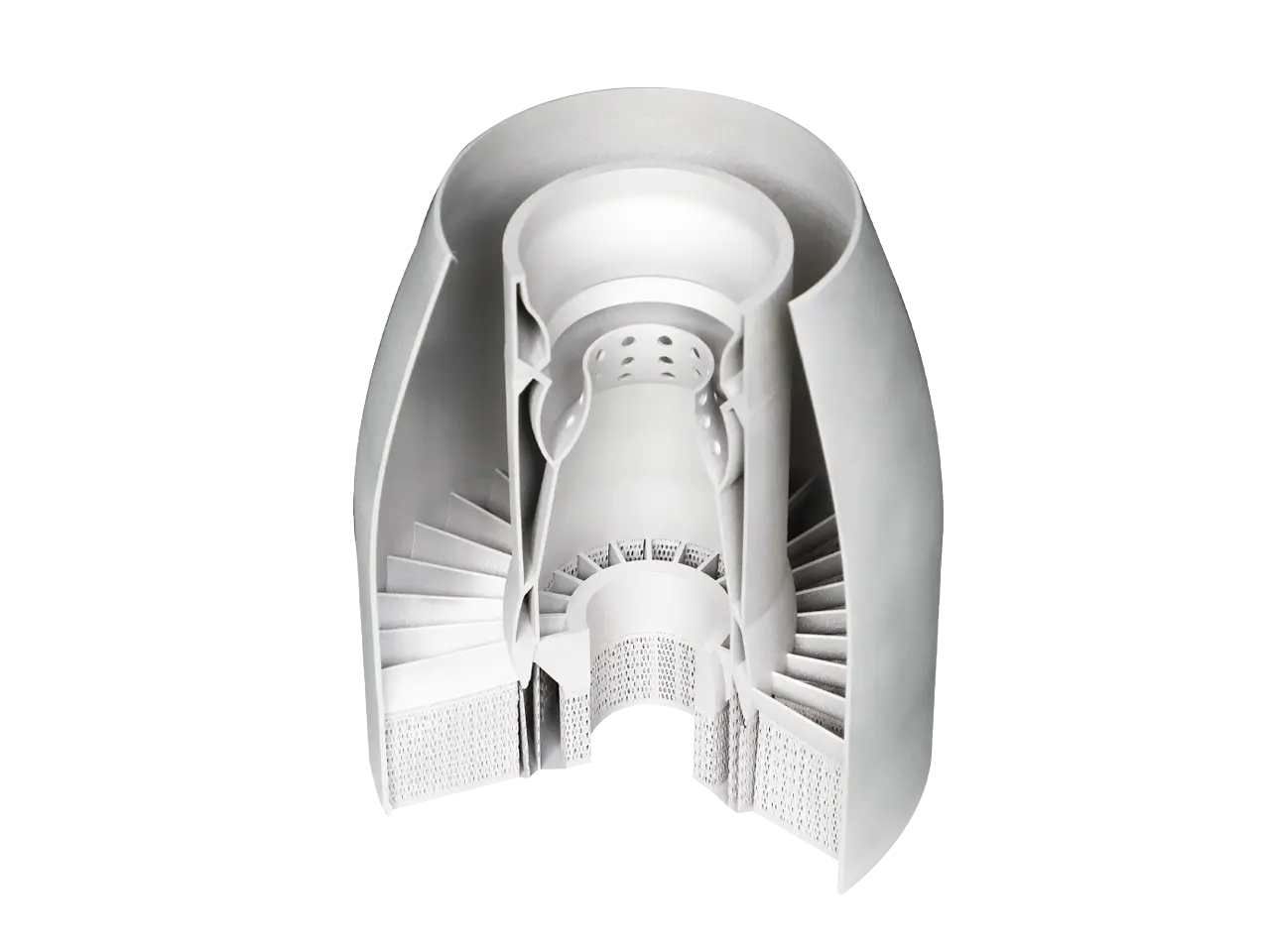As a leading rapid prototyping manufacturer, Greatlight has extensive experience in solving common problems arising from the 3D printing process. One such problem with 3D printing bulges can affect the quality and accuracy of printed parts. In this article, we will dig into the causes of 3D printing bulges, explore ways to prevent it, and provide solutions to the solutions.
Learn about 3D printing bumps
3D printed bumps, also known as "The feet of an elephant," It refers to deformation that occurs at the bottom of the 3D printed part, causing it to be raised or deformed. This phenomenon is often observed in Fusion Deposition Modeling (FDM) and Stereo-Lithography (SLA) printing techniques. The bulge may be caused by a combination of factors including thermal stress, material shrinkage, and insufficient adhesion between the printing bed and the printing section.
Reasons for 3D printing raised
In order to effectively repair 3D printing bumps, it is necessary to understand its root cause. Some of the main factors that cause this problem include:
- Inadequate adhesion of the printing bed: Poor adhesion between the printing bed and the printed parts can cause the parts to move or distort during printing, resulting in bumps.
- Inadequate cooling: Inadequate cooling of the printed part can cause thermal stress, which can cause material to shrink or deform.
- Material properties: The characteristics of the printing material, such as its coefficient of thermal expansion, may affect its tendency toward protrusions.
- Print parameters: Incorrect printing parameters such as temperature, speed and layer thickness may cause 3D printing to bulge.
Prevent 3D printing from bumps
Prevention is usually the best way to deal with 3D printed bumps. To minimize the risk of bulge, consider the following strategies:
- Optimized printing bed adhesion: Ensure proper bonding between the printing bed and the printing section using techniques such as coating the adhesive promoter or using edges.
- Adjust printing parameters: Fine-tune printing parameters such as temperature, velocity, and layer thickness to minimize thermal stress and material shrinkage.
- Use suitable printing materials: Select printing materials with low coefficient of thermal expansion to reduce the possibility of protrusion.
- Implement a cooling strategy: Use a cooling system (such as a fan or cooling jet) to adjust the temperature of the printing section.
Repair 3D printing bumps
If a 3D printed bump has occurred, there are several ways to fix it:
- Grinding and polishing: Carefully polish and polish the affected area to remove bumps and achieve a smooth finish.
- CNC machining: Use computer numerical control (CNC) machining to accurately remove the bumps and restore the original shape of the part.
- Post-processing technology: Apply post-processing techniques such as chemical etching or laser engraving to modify the surface of the part and remove the bumps.
- reprint: In severe cases, it may be necessary to reprint parts using optimized printing parameters and material selection.
in conclusion
3D printing of bumps is a common problem and can affect the quality and accuracy of printed parts. By understanding its causes and taking precautions, manufacturers can minimize the risk of bulge. If a bulge does occur, various fixing methods can be used to restore the original shape and finish of the part. At Greatlight, we leverage the expertise of rapid prototyping and advanced SLM 3D printing equipment to deliver high-quality precise parts with minimal defects. Our one-stop post-processing and finishing services ensure that our customers receive parts that meet their strict standards.
FAQ
Q: What is the main reason for 3D printing bulge?
A: The main reason for 3D printing bulge is insufficient adhesion of the printing bed, which can lead to thermal stress, material shrinkage and deformation.
Q: How to prevent 3D printing from bulging?
Answer: To prevent 3D printing bulges, optimize the adhesion of the printing bed, adjust the printing parameters, use appropriate printing materials and implement cooling strategies.
Q: Can 3D printed bumps be fixed?
A: Yes, 3D printed bumps can be fixed using methods such as polishing and polishing, CNC machining, post-processing techniques or reprinting.
Q: Easy to 3D print raised materials?
A: Materials with higher coefficient of thermal expansion, such as ABS and PLA, are more likely to appear 3D printing bumps.
Q: How to reduce the risk of 3D printing bulge when printing using FDM technology?
A: To reduce the risk of 3D printing bumps when printing using FDM technology, please use edges or adhesion promoters, adjust printing parameters and implement cooling strategies.





